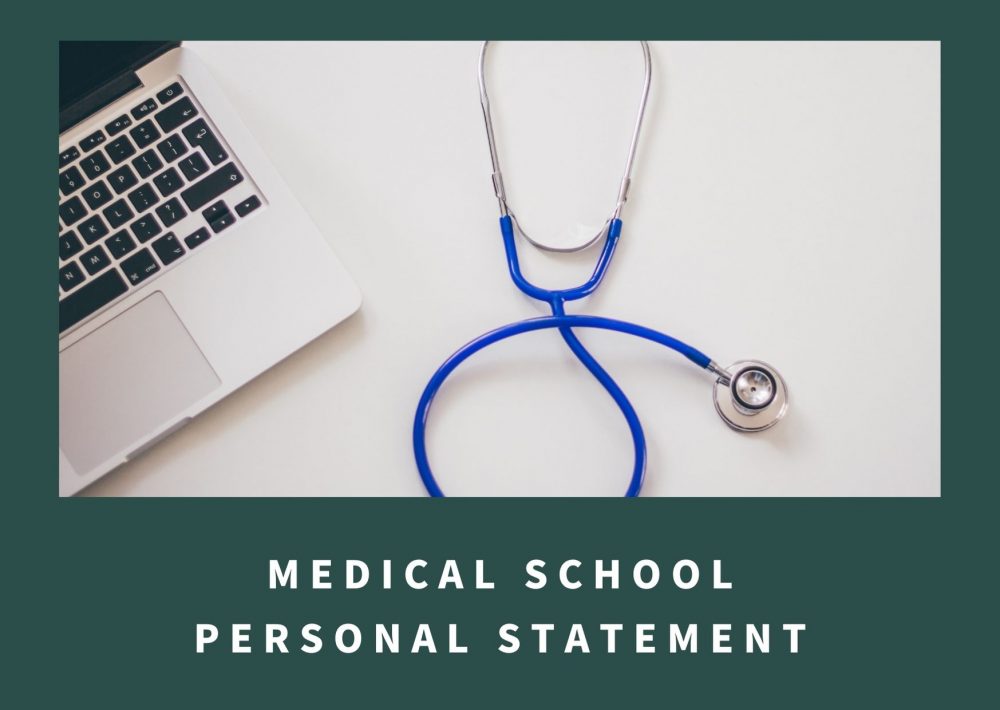Creating Compelling Literature Review Outline

A literature review is an overview of scholarly resources such as journal articles and books on a specific topic. It captures and analyzes the main findings, developments, and concepts in relation to the research problem you are working on in a research paper. But in order to write a great review, the first step is crafting a winning outline.
Table of Contents
In this post, we are going to answer two primary questions: “what is a literature review?” and “how do you craft the best lit review outline?”
What Is A Literature Review?
Before looking at the mechanics of crafting a great outline of literature review, the first step is to understand what a literature review is. If you are required to write a dissertation or thesis, one of the main parts (chapters) is the literature review. But your teacher might also ask you to write a stand-alone literature review on a selected topic.
A literature review is an analysis of published resources (literature) on a specific topic or subject. You assess the literature by classifying, comparing, and finally summarizing it.
When your teacher requires you to craft a literature review, he/she wants to know your ability in:
- Reviewing concepts.
- Identifying major relationships.
- Identifying gaps in research.
- Noting conflicting evidence.
- Providing a solid background to your essay investigations.
- Noting major patterns of relationships.
Literature Review Outline Template
How to write a literature review outline? To get it right on your literature review, start by drawing a winning outline. Here, we are going to provide you with a literature review outline template that you can adopt or refine to fit in your situation. Notably, an outline for a literature review closely resembles that of a standard essay; introduction, body, and conclusion.
- Introduction
- Start by introducing your topic of review, its relevance, and your interest. At this point, you should also highlight the problem you want to solve with the review.
- Generate some research questions that you will want to answer by the close of the review. Also, make sure to tell the audience about the methodology that you want to use. You could also, briefly, point at the overall trend in your topic.
- Subject X
- Start by outlining the subject broadly. At this point, highlight the most important notions that the reader should know about.
- Now, narrow down to specific items that you want to focus on. Note that you should analyze every item comprehensively before moving on to the next.
- Review resource one: At this point, note the research questions, hypotheses, participants, and methods used in the resource. What findings did the researcher get?
- Review resource two: Repeat the procedure that you used to review resource one. But now, you need to point out how resource two is different in terms of the research questions, hypothesis, methods, and conclusion.
- Review resource three: Again, follow the procedure used in reviewing the first resource. Make sure to highlight differences and similarities.
NOTE: Continue with the process until you are through reviewing all the resources for subject X.
- Subject Y.
Like you did with subject X, commence by looking at subject Y broadly and then narrow down to your key arguments. Then, start analyzing the resources related to subject y.
- Review resource four: As you did, when reviewing resource one, repeat the same process by exploring the study questions, participants, findings, and conclusions.
- Review resource five: Repeat the review process as you did when analyzing resource four. Try to establish whether there is anything unique or the findings are similar.
- Review resource six: Again, review this resource, focusing on research questions, methodology, participants, and findings. Are they similar or different?
- Continue to subject Z and others until all the subjects you wanted to discuss in your topic are done.
- Conclusion
- The conclusion of a literature review is meant to help you summarize the entire work. Therefore, you need to highlight the common findings and pros & cons of the main approaches. Then, tell your reader about the resource you think was more valuable than others.
- After working on your review, tell the reader whether there are questions about your topic that remain unanswered. Make sure to indicate what should be done about it.
- Did you find gaps during the review? Go ahead and recommend additional studies.
- All the resources that you use during the review should be shown in the references list. Make sure to format the resources well following the APA referencing guide. Good referencing will make your work look professional and earn you more marks.
Tips For Writing A Great APA Literature Review Outline
When your teacher requires you to write a literature review, many are the times when he will be specific on the style to use. For example, most of the time, you will be required to use a literature review outline APA format or following other styles such as MLA. Therefore, what is the best way to craft an outline for literature review?
- Start by identifying a good topic in your area of study. Here, the focus is on selecting the topic that has ample resources that you can work with. Consider topics with resources that are no older than five years.
- Carefully read your resources, noting the main points that you will discuss, as highlighted in the outline. When reading your resources, you should put a lot of focus on details. This means highlighting important details, including page numbers and quotes.
- Organize the main points around specific arguments or subjects. For example, if you are reviewing the literature on a topic such as “the dangers of smoking tobacco,” you might consider arranging the main points around the different points such as effects on the lungs, brain, heart, and blood.
- Make sure to read other literature review outline examples APA to understand how previous students did it. You can get these studies in your college or online libraries.
- Notably, learning how to write a literature review outline and analyzing the resources will require you to develop some skills. Therefore, it is important to practice writing and using a literature review outline as much as possible. Literature homework help can also help tremendously.
Literature Review Writing Is Challenging
Crafting a great lit review outline is only the first step. With the template we have provided in this post, you can now embark on writing a winning literature review. However, many are the students who find it difficult to write their lit reviews. If you encounter some difficulties, you are not alone. Some challenges that make it hard for students to write impressive literature reviews include:
- Tight deadlines.
- Lack of the right resources.
- Inadequate writing skills.
- Urgent commitments.
No matter the reason making you feel inadequate to craft a great literature review, even with a great sample literature review outline, there is no reason to give up. Instead, you should seek professional help. “I need someone to do my assignment,” shouldn’t be a concern anymore. The help is offered by writing experts who understand how to craft a top-notch outline for literature review assignments. They can also help you to write most types of assignments, including essays, term papers, dissertations, coursework, and critiques, among others that appear difficult.
The best way to get the highest marks from your literature review is working with cheap writing professionals. Why settle for average grades when an expert can assist you in getting A-rated assignments?

















